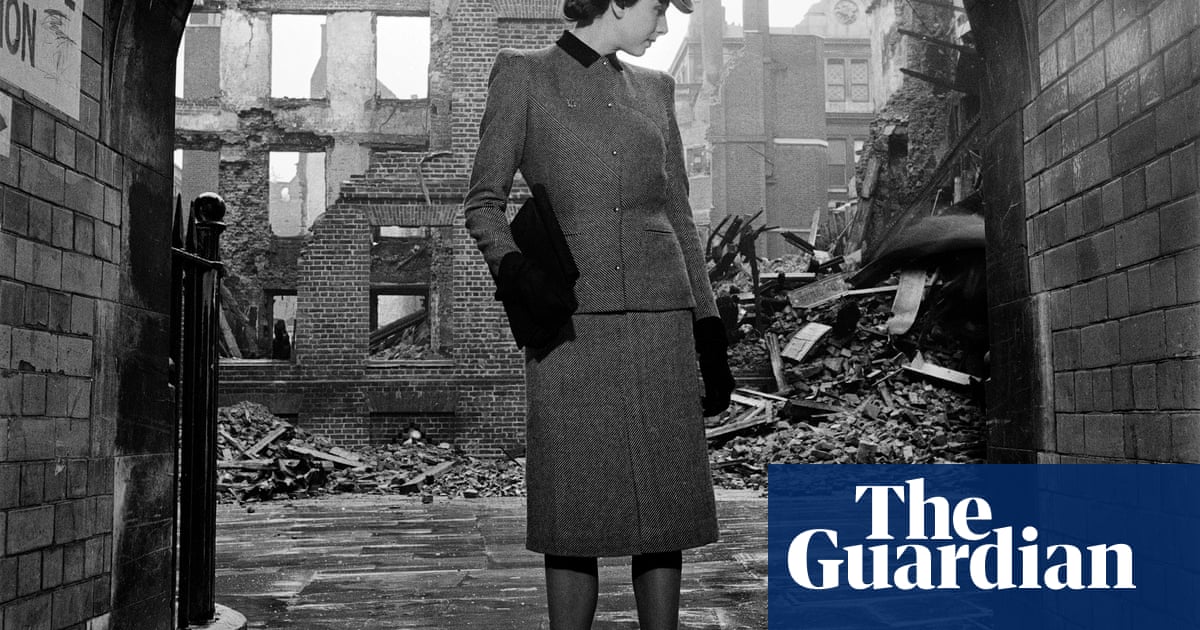The UK’s largest retrospective of the American photographer and photojournalist Lee Miller, who produced some of the most renowned images of the modern era, will take place atTate Britainthis autumn.
The exhibition will showcase the entirety of Miller’s career, from her participation in French surrealism to her fashion and war photography.
It will also explore her artistic collaborations and lesser-known sides of her practice, such as herimages of the Egyptian landscapein the 1930s.
The retrospective will feature about 250 vintage and modern prints, including those never previously displayed, revealing “Miller’s poetic vision and fearless spirit”, according to the Tate.
Born in 1907 in Poughkeepsie, New York state, Miller was first exposed to a camera by working as a model in the late 1920s, when she was photographed by celebrated figures such as Cecil Beaton and Edward Steichen. This inspired her to pursue photography and she quickly became a leading figure of the avant garde.
It was after moving to Paris in 1929 that Miller began working with the visual artist Man Ray, becoming his student, muse and lover. Together they discoveredsolarisation, a photographic technique in which reversed halo-like effects are created through exposure to light during processing.
In the early 1930s, Miller turned her lens to the streets of Paris, creating a series of photographs capturing the surreal in the everyday. Through crops, disorienting angles and reflections, she reimagined familiar Parisian sights ranging from Notre Dame Cathedral to a Guerlain perfume shop window.
When she moved toLondonin 1939 at the outbreak of the second world war, Miller embarked on a new career in photojournalism, becoming the official war photographer for British Vogue and one of the few accredited female war correspondents.
The exhibition will showcase her depictions of blitz-torn London, including You will not lunch in Charlotte Street today (1940) and Fire Masks (1941), which capture the pathos and absurdity of the city in wartime.
Also on display will be her photographs of women’s contributions on the home front, harrowing scenes from the frontline, the liberation of Paris, and the devastation and deprivation of the Buchenwald and Dachau concentration camps.
These works will be presented in dialogue with extracts from Miller’s first-person essays, which were published in British and American Vogue.
The show will include the portraits of Miller and David E Scherman in Hitler’s private bath in April 1945,which were stageddirectly after the pair returned from photographing Dachau, and are considered to be some of the most extraordinary images of the 20th century. Miller posed for the photos with the dried mud of that morning’s visit to the camp on her boots deliberately dirtying Hitler’s bathroom.
Miller’s work and life have been depicted numerous times, including in the 2005 musical Six Pictures of Lee Miller and the2023 film Lee, in which Kate Winslet played Miller. She was also referenced as role model for the war photographer depicted by Kirsten Dunst in the 2024 film Civil War.
Theexhibitionwill run from 2 October 2025 to 15 February 2026.
